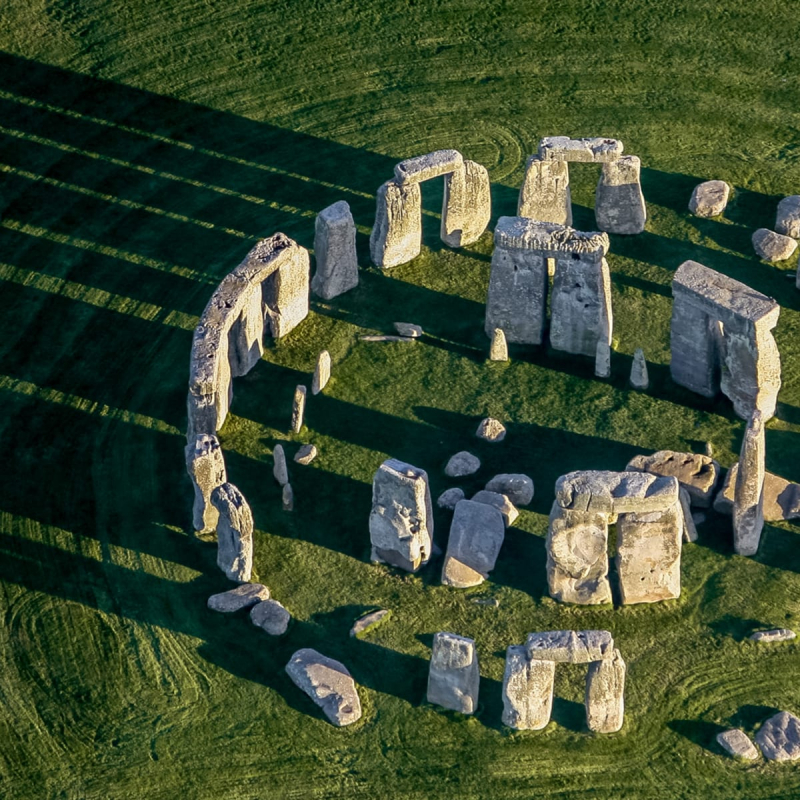Stonehenge

Stonehenge, a Stone Age engineering masterpiece built before the pyramids, has stood the test of time for millennia. Each of the 80 megaliths, some of which stand taller than 23 feet (7 meters), weighs more than 20 tons. Stonehenge's construction began around 3100 BC. Stonehenge currently represents only a small portion of the original site. But what motivated the ancient people to create these gigantic boulders in the midst of nowhere in the United Kingdom? According to London archaeologist Mike Parker Pearson, up to 10% of what is now the island of Great Britain visited the site to worship the gods. The discovery of 80,000 animal bones, which may have been used as sustenance or as sacrifices to the gods, lends credence to this theory.
The most prevalent theory is that Stonehenge served as an observatory, with the rising sun shining directly through the complex's core at the equinox. Others suggest it was used for pagan ceremonies and burials. The only thing they know for certain is that this was a historically significant site. There are absolutely no other theories that can justify the enormous amount of effort that went into building the magnificent structure.
Constructed: from around 3000 BC to 2000 BC
Location: Salisbury Plain in Wiltshire, England













